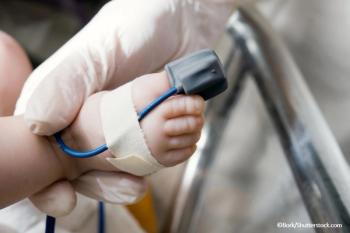
Hordeolum
A 23-year-old woman presented with a painful, draining lesion on her right upper eyelid. The draining had begun several days earlier; tenderness and swelling had been present for at least 2 weeks. The patient denied having had similar eyelid lesions in the past.
A 23-year-old woman presented with a painful, draining lesion on her right upper eyelid. The draining had begun several days earlier; tenderness and swelling had been present for at least 2 weeks. The patient denied having had similar eyelid lesions in the past.
This is an external hordeolum, or a stye (A)-an acute, usually small staphylococcal abscess of a lash follicle and its associated gland of Zeis or gland of Moll. Seborrheic blepharitis, or nonulcerative inflammation of the eyelids, predisposes patients to recurrent hordeola.
External hordeola manifest as focal, elevated, externally pointing nodules that can drain purulent material. More than 1 lesion may be present and, occasionally, minute abscesses can involve the entire lid margin. Pain, particularly on manipulation of the eyelid, is the most notable symptom. As with any skin abscess, the nodule is usually red and warm to the touch.
Many draining external hordeola resolve spontaneously; therefore, conservative treatment may be all that is indicated. This patient was instructed to use warm compresses and a topical ophthalmic antibiotic ointment. The lesion improved rapidly and resolved in a week. Persistent lesions warrant in-office excision and drainage and oral antibiotics.
An internal hordeolum, which points posteriorly, occurs when a staphylococcal infection of a lash follicle involves the meibomian glands (B). Untreated internal hordeola are more likely than the external lesions to progress to preseptal cellulitis. Treatment of an internal hordeolum is the same as that of an external hordeolum.
Newsletter
Enhance your clinical practice with the Patient Care newsletter, offering the latest evidence-based guidelines, diagnostic insights, and treatment strategies for primary care physicians.



















































































































































































































































































